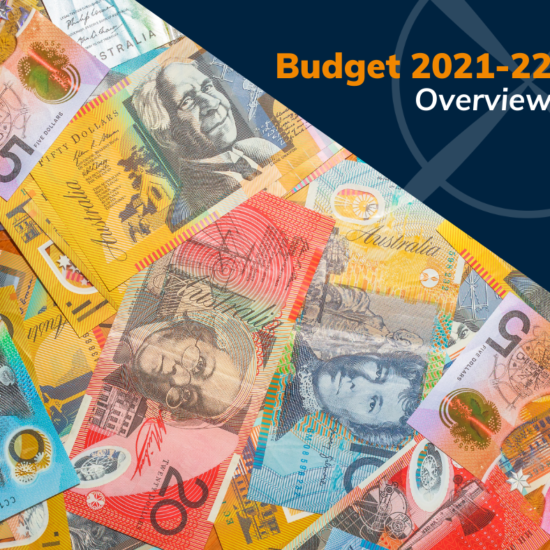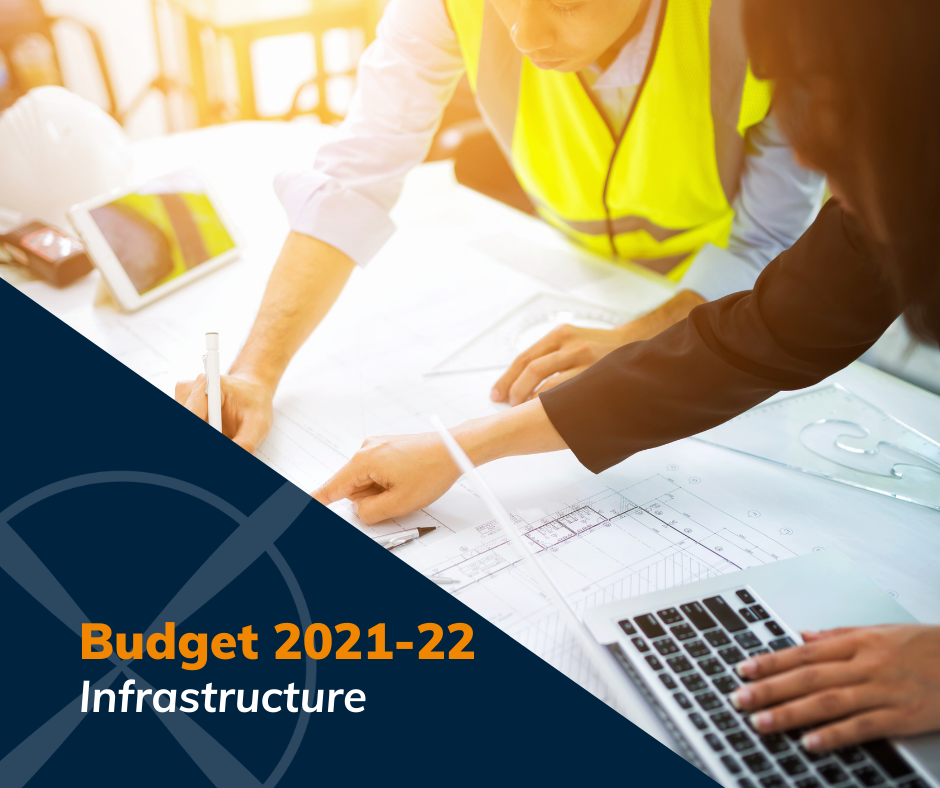Low and middle income tax offset extended
Date of effect: From 1 July 2021 to 30 June 2022
As widely predicted, the Low and Middle Income Tax Offset (LMITO) will be extended for another year. The LMITO provides a reduction in tax of up to $1,080 for individuals with a taxable income of up to $126,000 and will be retained for the 2021-22 year.
| Taxable income | Offset |
| $37,000 or less | $255 |
| Between $37,001 and $48,000 | $255 plus 7.5 cents for every dollar above $37,000, up to a maximum of $1,080 |
| Between $48,001 and $90,000 | $1,080 |
| Between $90,001 and $126,000 | $1,080 minus 3 cents for every dollar of the amount above $90,000 |
The tax offset is triggered when a taxpayer lodges their tax return.
Medicare levy low income threshold
Date of effect: 1 July 2020
The Government will increase the Medicare levy low-income thresholds for singles, families, and seniors and pensioners from 1 July 2020 to take account of recent movements in the CPI so that low-income taxpayers generally continue to be exempt from paying the Medicare levy.
| 2019-20 | 2020-21 | |
| Singles | $22,801 | $23,226 |
| Family threshold | $38,474 | $39,167 |
| Single seniors and pensioners | $36,056 | $36,705 |
| Family threshold for seniors and pensioners | $50,191 | $51,094 |
For each dependent child or student, the family income thresholds increase by a further $3,597 instead of the previous amount of $3,533.
$250 self-education expense reduction removed
Date of effect: First income year after the date of Royal Assent of the enabling legislation
Currently, individuals claiming a deduction for self-education expenses sometimes need to reduce the deductible amount by up to $250. The rules in this area are complex as they only apply to self-education expenses that fall within a specific category and certain non-deductible expenses can be offset against the $250 reduction. This reduction will be removed, which should make it easier for individuals to calculate their self-education deductions.
Child care subsidy increase for families with multiple children under 5 in child care
Date of effect: 1 July 2022
From 1 July 2022 the Government will:
- Increase child care subsidies available to families with more than one child aged five and under in child care, and
- Remove the $10,560 cap on the Child Care Subsidy.
For those families with more than one child in child care, the level of subsidy received will increase by 30% to a maximum subsidy of 95% of fees paid for their second and subsequent children (tapered by income and hours of care).
Under the current system, the maximum child care subsidy payable is 85% of child care fees and it applies at the same rate per child, regardless of how many children a family may have in care.
Why? In October 2020, analysis by the Grattan Institute revealed that mothers lose 80%, 90% and even 100% of their take-home pay from working a fourth or fifth day after the additional childcare costs, clawback of the childcare subsidy, and tax and benefit changes are factored in.
“Unsurprisingly, not many find the option of working for free or close to it particularly attractive. The “1.5 earner” model has become the norm in Australia. And our rates of part-time work for women are third-highest in the OECD.
Childcare costs are the biggest contributor to these “workforce disincentives“. The maximum subsidy is not high enough for low-income families, and the steep taper and annual cap limit incentives to work beyond three days, across the income spectrum,” the report said.
You can refer to the media release here: Making child care more affordable and boosting workforce participation
The information contained herein is provided on the understanding that it neither represents nor is intended to be advice or that the authors or distributor is engaged in rendering legal or professional advice. Whilst every care has been taken in its preparation no person should act specifically on the basis of the material contained herein. If assistance is required, professional advice should be obtained. The material contained in the Budget 2021-22 Update should be used as a guide in conjunction with professional expertise and judgement. All responsibility for applications of the Budget 2021-22 Update and for the direct or indirect consequences of decisions based on the Budget 2021-22 Update rests with the user. Knowledge Shop Pty Ltd, Propeller Advisory Pty Ltd, directors and authors or any other person involved in the preparation and distribution of this guide, expressly disclaim all and any contractual, tortious or other form of liability to any person in respect of the Budget 2021-22 Update and any consequences arising from its use by any person in reliance upon the whole or any part of the contents of this guide. Copyright © Knowledge Shop Pty Ltd. 12 May 2021. All rights reserved. No part of the Budget 2021-22 Budget should be reproduced or utilised in any form or by any means, electronic or mechanical, including photocopying, recording or by information storage or retrieval system, other than specified without written permission from Knowledge Shop Pty Ltd.






